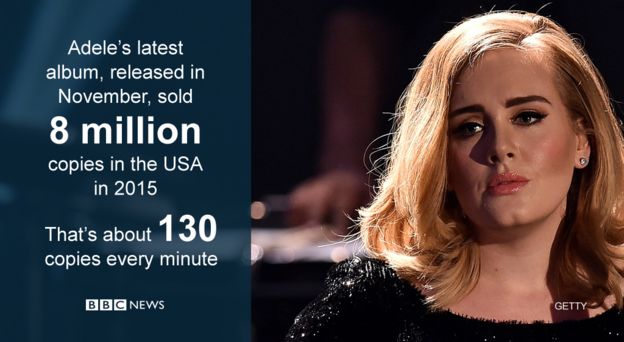From the Guardian:
Caffeine hit: what happens to Britain's 3bn empty coffee cups?
Britain’s coffee shops hand out 3bn paper cups every year. Yet, supposedly, fewer than one in 400 is being recycled.
“I see this as a house of cards,” says Peter Goodwin, one of the founders of Simply Cups, a company dedicated to the recycling of paper cups. By the middle of last year, his business recycled around 1m cups, and he hopes to raise that number to 6m by the end of the year. Even if he does, it will be a mere bean of our coffee consumption. “While everyone may have been under the impression that these products were being recycled, the reality is they more than likely weren’t,” he says.
The problems all begin with the cup. It is made from paper laminated with plastic, to be watertight. But the compound creates a complicated recycling proposition. It cannot be viably treated as pure paper.Questions:
- How many cups per day? Per hour? (Bear in mind that coffee isn’t purchased as much in the middle of the night!).
- The article says that fewer than one in 400 cups is recycled. How many is that?
- What fraction of the cups are recycled by Simply Cups?
From the Daily Telegraph:
Budget 2016: Sugar tax on soft drinks
In a shock move, George Osborne announces new taxes on sugary drinks, with funds raised to go towards more sport in primary schools
The cash raised - an estimated £520 million a year - will be spent on doubling funding for sport in primary schools, the Chancellor said.
He suggested the changes were a chance to save a generation,
“We cannot have a long-term plan for the country unless we have a long-term plan for our children’s healthcare,” Mr Osborne told the Commons.
“Five-year-old children are consuming their body weight in sugar every year.
The two tiers of taxes mean that a few soft drinks such as Tango and Lilt will be exempt, because their sugar content is below 5g per 100ml.
A number of drinks, including Fanta and Sprite, with between 5g and 8g added sugar per 100ml, which will be taxed at 18 pence per litre.
But the highest tax of 24 pence per litre will fall on dozens of the most popular drinks, including Pepsi, Coca-Cola and Ribena.
Sugar content:

What questions can you ask/answer? Here are some ideas:
- How much tax will you pay on a can of drink?
- If £520 million will be raised, how much is drunk per year?
- (£520m divided by about 60m people gives about £9 in tax per person per year. If we assume that most drinks are taxed at 8p per can then £9 divided by 8p gives about 110 cans on average per person per year. That’s about one every three days.)
- What percentage of its sugar does Irn Bru need to lose to get under 5g per 100ml?
- What percentage of its sugar does 7Up need to lose to turn it into Sprite?
- Taking Sprite as our starting point, how does Tango Orange compare? What about Coca-Cola? What about ginger beer?
http://www.telegraph.co.uk/news/health/news/12195786/Budget-2016-Sugar-tax-on-soft-drinks.html
http://www.telegraph.co.uk/food-and-drink/news/sugar-tax-what-does-it-mean-and-who-will-be-affected/
From The Independent:
What would happen if everyone in the world became a vegetarian?Obvious questions:
It is estimated that for every cow that is made into beef (remember there are about 1.5bn of them out there), it takes 15,000 litres of water to help them grow and for the land they graze.
- How much water is that altogether?
- What does 15,000 litres of water look like?
- What does the total amount of water look like? Is that a lake-full, a sea-full, a drop in the ocean?




